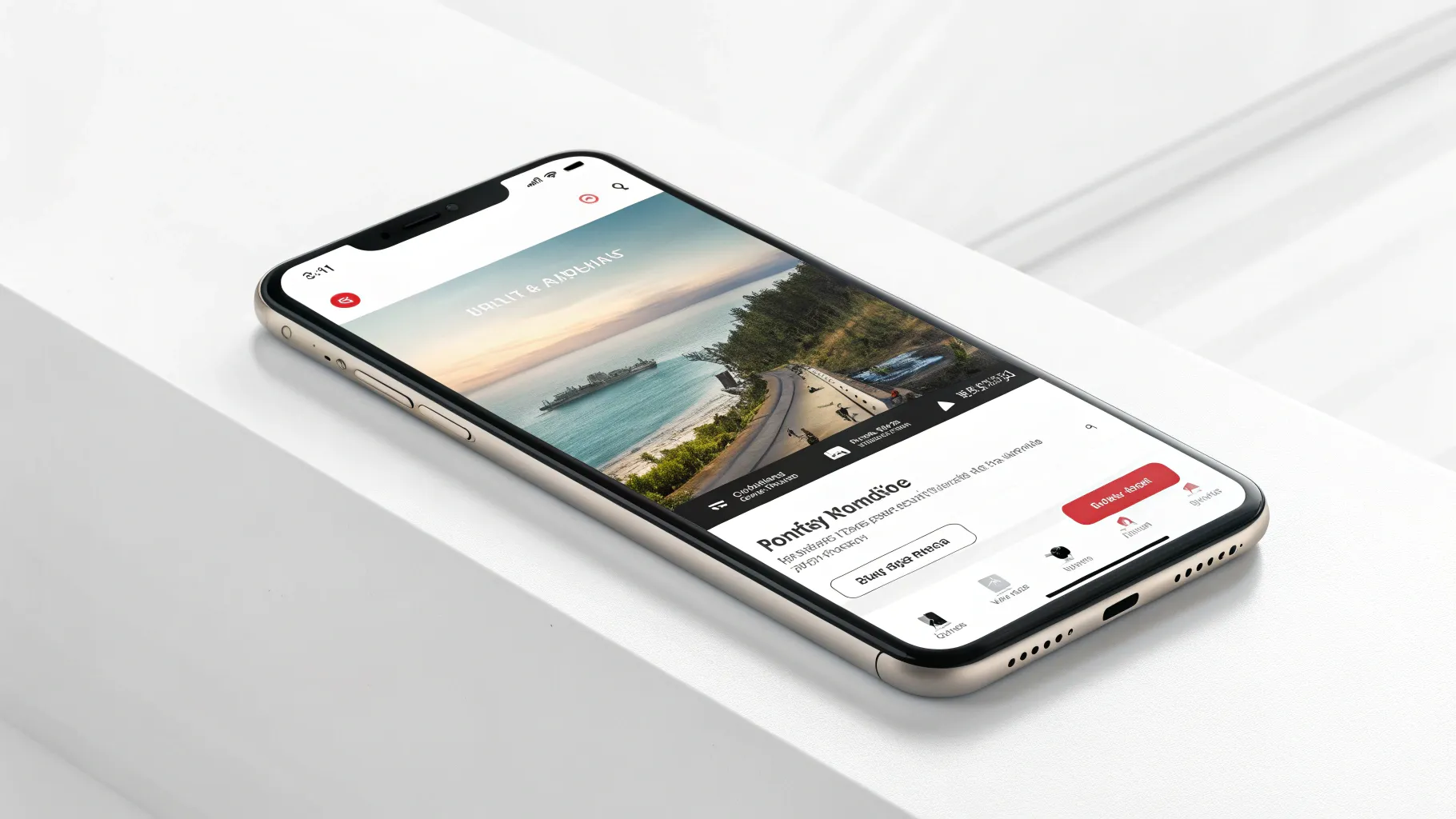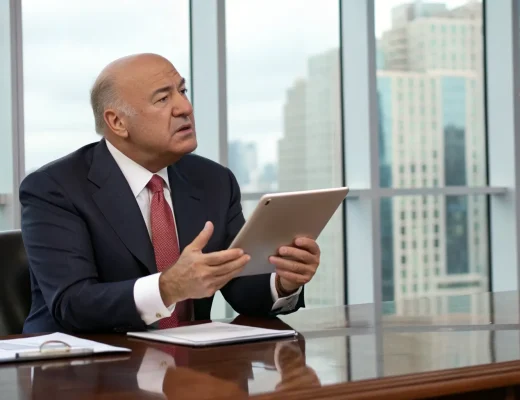OpenAI entered the social media scene with the release of Sora, targeting the surge of short, humorous, AI-generated videos that dominate feeds. The company behind ChatGPT is testing whether artificial intelligence can power a new kind of entertainment platform and win attention in a crowded market.
The launch signals a bet that users will spend even more time with short-form clips that are fast to produce and easy to share. It also raises immediate questions about creator payouts, content rights, and safety controls as
AI-generated media spreads.
Background: AI Meets Short-Form Video
Short video has reshaped social platforms over the past five years, with TikTok, Instagram Reels, and YouTube Shorts setting the pace. At the same time, AI tools have made it easier to generate images, voices, and full-motion clips in seconds. Sora appears to sit at the intersection of those trends.
The pitch is direct. As one line from the launch discussion put it:
“If the future of the internet looks like a constant stream of amusing videos generated by artificial intelligence, then OpenAI just placed its stake in an emerging market.”
That framing suggests OpenAI is not only supplying AI models but also seeking to own the distribution channel where those creations live and spread.
What Sora Is Trying To Solve
Short-form creators face a grind: filming, editing, adding effects, and chasing trends daily. AI could reduce production time and enable a wider set of users to publish more frequently. OpenAI’s new app seems designed to lower those barriers.
An excerpt describes the goal as an “attempt to draw the attention of eyeballs,”
referencing a classic social media metric: watch time. If Sora can provide viewers with a steady stream of auto-generated clips tailored to their interests, it could
drive engagement without relying solely on human filming.
Opportunities and Risks for Creators
For creators, Sora could open two paths. It might help experienced accounts scale output, or it could let newcomers produce content without cameras or teams. That shift could change who gets noticed and paid.
But the risk is sameness. If many users share similar ideas, feeds may become indistinguishable. There is also concern that AI content could crowd out human-made work unless the app builds discovery tools that reward originality and taste, not just volume.
Moderation, Safety, and Copyright
AI video raises known challenges. Systems can generate misleading visuals, mimic styles, or blend copyrighted elements in ways that are hard to trace. Any platform built around AI will need firm rules and fast enforcement.
Key safeguards to watch include:
- Clear labels for AI-generated media.
- Limits on likeness and voice cloning without consent.
- Copyright filters and appeals for rights holders.
- Tools to report harmful or deceptive content.
How OpenAI
designs these controls will shape Sora’s reputation with regulators, advertisers, and creators.
Competition and Business Model
Winning in social media takes network effects and a steady flow of compelling content. Entrenched platforms already command massive audiences and ad budgets. For Sora to break through, it will likely need a clear hook, such as faster creative tools, novel formats, or strong
revenue sharing.
There is also the question of compute costs. Generating high-quality video is expensive. The app’s economics will depend on how often users create, how long people watch, and whether ads or subscriptions can cover AI workloads.
What Comes Next
OpenAI will face pressure to explain how Sora ranks content, pays creators, and guards against harmful media. Those choices will determine if the app becomes a niche novelty or a daily habit for millions.
As one line from the launch put it,
“The company behind ChatGPT released its new Sora social media app on Tuesday, an attempt to draw the attention of eyeballs …”
The ellipsis may hint at what remains undecided: rules, incentives, and identity. If Sora can turn AI from a tool into a trusted stage, it could
reshape how short video gets made and consumed. If not, it will still add pressure on rivals to speed up their own AI features.
For now, the key things to watch are usage patterns, creator demand, safety practices, and whether advertisers feel confident buying against AI-made clips. The answers will show whether Sora becomes a contender in short-form entertainment or a stepping stone to the next idea.







